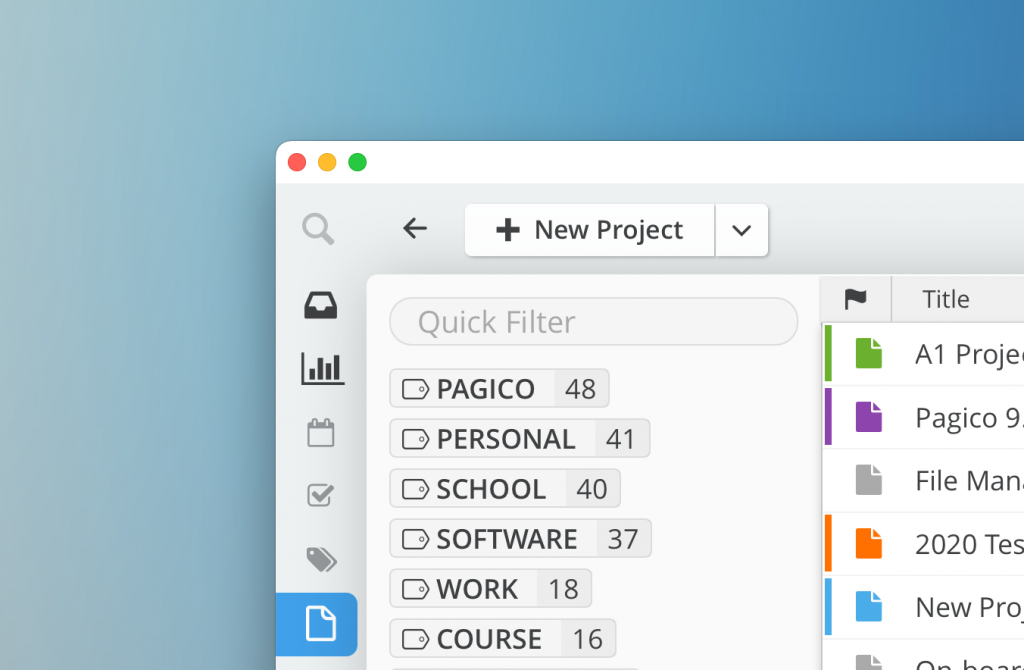

- #Pagico opengl install
- #Pagico opengl update
- #Pagico opengl driver
- #Pagico opengl software
- #Pagico opengl download
(Alternatively, you could download Nate Robin's original Win32 port of GLUT from, which has not been updated since 2001.

They shall be referred to as " opengl32", " glu32", " freeglut" without the prefix " lib" and suffix ". Nonetheless, we need to include these libraries in linking. This directory is in the implicit library-path. Libraries: the OpenGL library " libopengl32.a", GLU library " libglu32.a" and GLUT library " libfreeglut.a" are kept in " \lib" directory.Since " \include" is in the implicit include-path. Headers: the OpenGL header " gl.h", GLU header " glu.h" and GLUT header " glut.h" (or " freeglut.h") are kept in " \include\GL" directory.ĭownload, unzip and copy header files from " include\GL" to " \include\GL" the libraries from " lib" to " \lib", and shared library from " bin" to " \bin" (which should be included in the PATH environment variable), where is the MinGW installed directory. I recommend using the pre-package version for MinGW (freeglut 2.8.0 MinGW Package) available at.
#Pagico opengl install
#Pagico opengl software
Įach of the software package consists of: GLEW provides efficient run-time mechanisms for determining which OpenGL extensions are supported on the target platform." Source and pre-build binary available at.
#Pagico opengl update
Simply update the display mode as you need, save all the panels, then re-launch Pagico to see the difference.We need a C/C++ compiler, either GCC (GNU Compiler Collection) from MinGW or Cygwin (for Windows), or Visual C/C++ Compiler, or others.

#Pagico opengl driver
The desktop mode uses OpenGL provided by the graphic card driver.The allowed values here are angle, desktop and software. Open a File Manager window, right-click on the "This PC" item in the sidebar, then choose "Properties" from the menu.Ĭlick on the "Advanced system settings" link from the sidebar.Ĭlick on the "Environment Variables." button.ĭouble-click on the "QT_OPENGL" item, and make the necessary modification. However, it's relatively easy to change the rendering mode to find the optimal setting. This is due to the vast variety of graphic cards and drivers, and that the default rendering mode may not be fully optimized with the specific graphic card & driver on the computer. Some times Windows users may experience slowness in Pagico's UI.


 0 kommentar(er)
0 kommentar(er)
